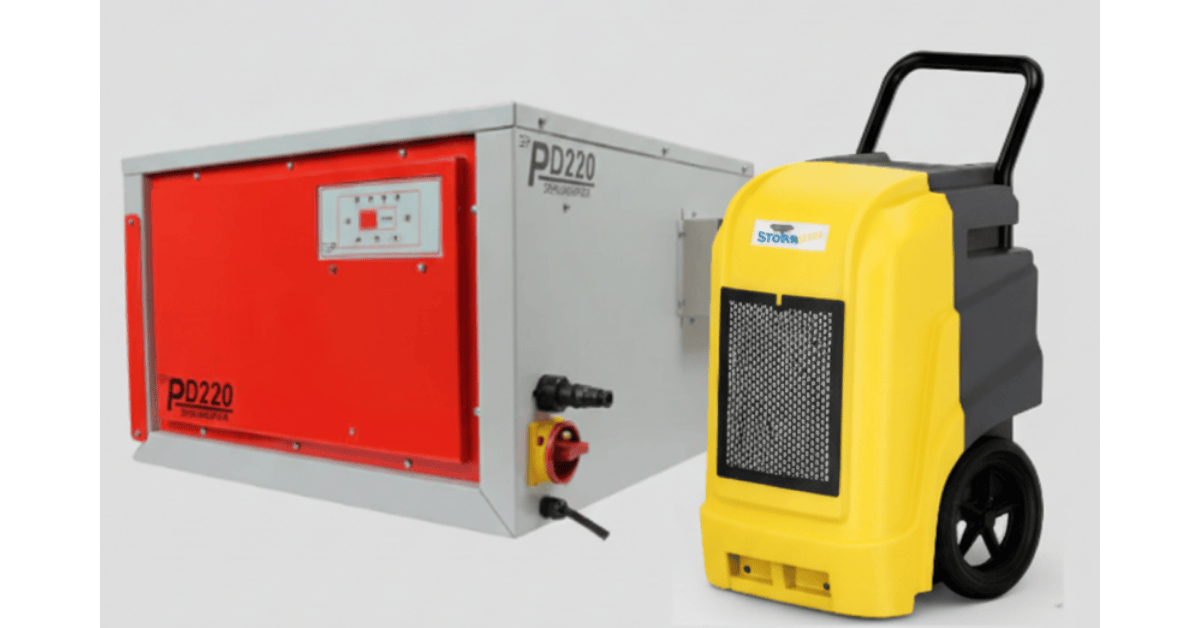 We’ve talked a lot about temperature in the past, now it’s time to look at the largest contributor of heat in your grow room: lights.
We’ve talked a lot about temperature in the past, now it’s time to look at the largest contributor of heat in your grow room: lights.
But how do you know how much light your new crop needs? You could run out and buy a dozen of the biggest lights possible, but please don’t. Successful commercial cannabis cultivation is about efficiency.
In this guide, we’ll tell you how to correctly determine your lighting needs and compare the most popular options to make the best use of this information. While every grow room is unique, how to figure out what you need for the space you’re working with is not. So, let’s get started.
Canopy Square Footage vs. Actual Square Footage
The first thing you’ll need to know is how big your garden is. Notice I didn’t say ‘how big your grow room is?’ That’s because we’re only interested in the space occupied by plants, otherwise known as the Canopy. To determine your canopy, you’ll need to decide how many plants you want to grow. Very simply, each plant should take up right around 4 sq/ft. in space. So if you were growing 10 plants (2 rows of 5), that would be 40 sq/ft. of canopy. Not as simple, and this is where it can get confusing, the actual physical space laid out for those 10 plants would be 160 sq/ft. (8 ft. x 20 ft.). But remember we’re not trying to determine how much light we need for the overall space, we’re looking to determine each plant’s light needs, so we divide the actual square footage by 4 which lines up with how much space each plant occupies. But really, why bother with the extra division step?
Canopy Square Footage = # of plants x 4 sq/ft.
Determining Wattage Needs
Now that we know how big our canopy is, we can figure out how much light it needs. For flowering plants, between 50 and 70 Watts per sq/ft. is recommended, with 65 watts considered the ‘sweet spot.’ Since we know each plant takes 4 sq/ft., the desired wattage per plant should be around 260W. Vegetative plants will need about half that at 120W per plant. So in our previous example of 10 plants, we’d need 2600W during flowering to properly light our garden.
Vegetative = 120W per Plant | Flowering = 260W per Plant
The Importance of Light Spectrum
In nature, the spectrum of light changes over the course of a growing season. In the early months, the sun’s light enters the earth’s atmosphere more directly giving a blue spectrum, while in later months the re-positioning of the sun delivers more of a red spectrum. This change in the light spectrum over the course of a growing season helps cue the plant as to what is going on around it and affects its growth behavior.
Blue Spectrum tells the plant to grow vegetation, meaning big leaves and short stems as the plant tries to spread out and increase leaf mass. When enough light is present, the blue spectrum will produce short, squat plants with robust leaves.
Red Spectrum tells the plant that summer is coming to an end and it’s time to reproduce before the season is over. This spectrum promotes the stretching of stems to make room for flowers and to allow more air to reach them for pollination. In a controlled environment, we’re not pollinating of course, but your plants don’t know that.
But remember, perhaps even more important than spectrum is intensity. You can grow high-quality buds under most lights as long as you have some red and blue spectrum and enough wattage so the plant isn’t ‘reaching’ for more.
Types of Lights
HID (High-Intensity Discharge)
In most cases, a HID light consists of a bulb, a reflector, and a separate ballast that powers the unit. They’re available in both spectrums with Metal Halide covering blue, and High-Pressure Sodium covering red. The spectrum they emit is the closest thing you’ll find to imitating the sun but the amount of heat they produce will greatly affect your garden’s climate. As we’ve said before, controlled temperature and humidity are the biggest factors for producing quality cannabis. This doesn’t mean HID lights are a bad choice; far from it actually – especially from a cost perspective. You just need a setup that can account for the added heat and its effect on relative humidity.
LED (Light Emitting Diode)
This type of light has grown in popularity as technology advances have greatly improved the spectrum of light available and can include UV and IR wavelengths. They provide a very intense light so you’ll need a taller growing space as they have to be hung further away from plants to prevent light bleaching. The cost can be prohibitive compared to HID lights, but they produce very little additional heat which can save you some money on your airflow costs and bulbs can be expected to last about twice as long.
T5 Fluorescent
Often referred to as shop lights, they don’t put out much heat or much intensity while taking up a fairly large amount of space. This is the least desirable option, but it’s a rather cheap one if you have the room for lots of lights.
What Lights Should You Use?
Unlike helping you determine the right amount of light you need for your garden, there is no right answer for which lights to use. It all comes down to your unique space, preferences, and the strain you’re growing. Either HID or LED lighting will deliver everything you need with enough wattage and correct spectrum delivery for the plant’s stage. The rest (climate control, nutrient delivery, hydro versus soil, etc.) are up to you.





